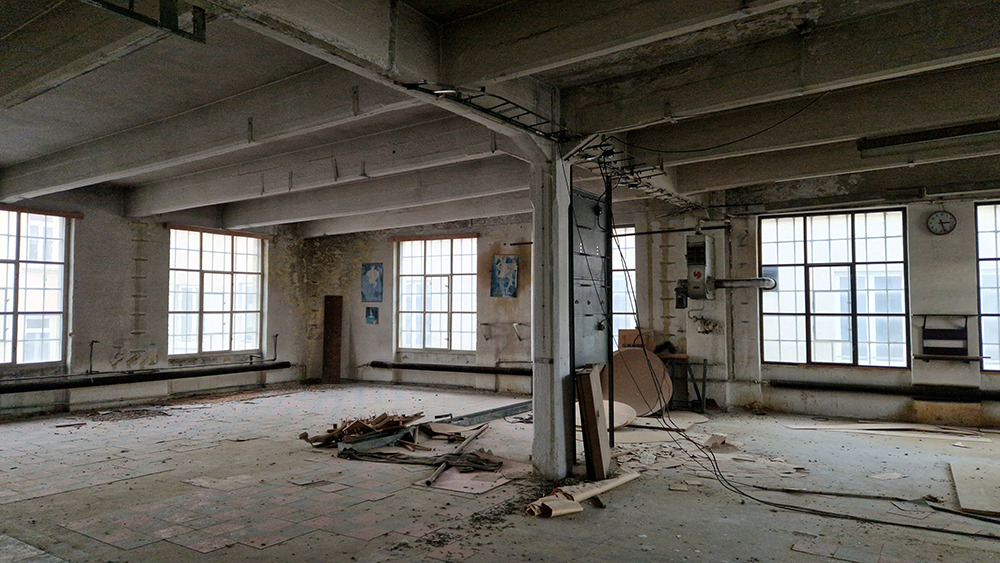
Svitava Riverside: CEJL-ON!

Toilets
Tour in English
Photography allowed
Parking available
Cejl 76 is a significant site in Brno's industrial heritage, reflecting the city's transformation into the "Moravian Manchester" during the 19th century. Established in 1850, the complex spans from Cejl Street to the Svitava River, opposite the Brno Felt Factory. From 1854 to 1975, it housed the Adolf Löw et Schmal company, known as Vigonia-Waren-Fabrik Adolf Löw et Schmal. The multi-storey skeletal and brick buildings served as a wool factory, later adding a spinning mill for "Vigonia" yarn. In 1900 (or 1895, according to some sources), the factory was acquired by Himmelreich & Zwicker, employing over 1,000 workers and specializing in combed wool yarn production. Textile manufacturing continued here until 1940. Information about the site's use from 1940 to 1990 remains scarce, but in the 1980s and early 1990s, part of the complex hosted a carpentry workshop. Recent years have seen the area revitalized, now home to artists, technicians, and various businesses, including tech firms and local eateries.
Cejl 76 stands as one of the last remaining authentic industrial sites from Brno's textile era, offering a rare glimpse into its historical fabric. Thanks to the enthusiasm and cooperation of the current owner and local creatives, the complex will open its doors to the public during Open House Brno 2025. Visitors can explore preserved features such as reinforced concrete skeletons, cast-iron columns, xylolite floors, industrial windows, hoppers, "cats," period lighting, furniture, ceramic fuses, vintage posters, old telephones, and more. Access will be available to most areas during the event, with guided tours providing deeper insights.
The event also welcomes former employees and residents to share their stories, contributing to a comprehensive mapping of the site's history and preserving its collective memory. Guided tours can accommodate English and German speakers upon request, with brief explanations available in these languages.
For loading the interactive map, please click on the map area.
For loading the interactive map, please click on the map area.